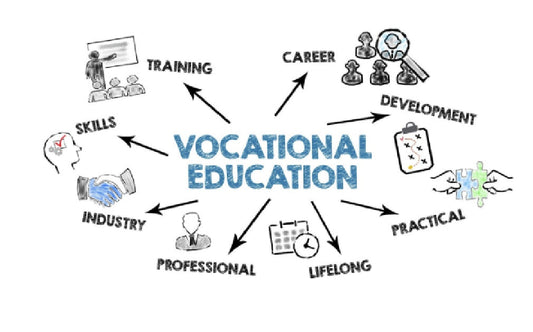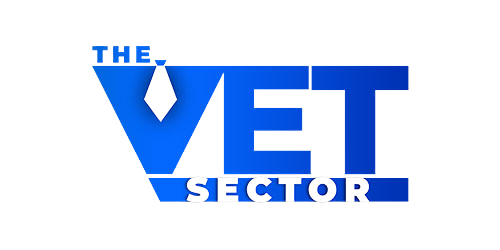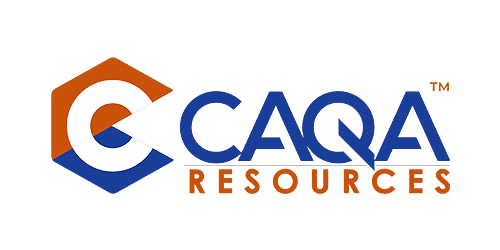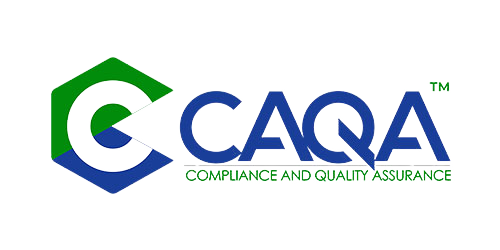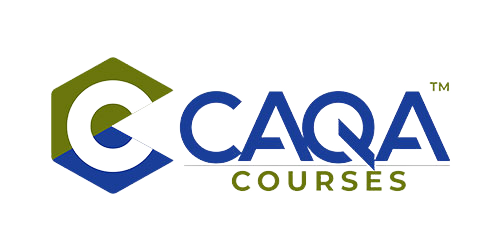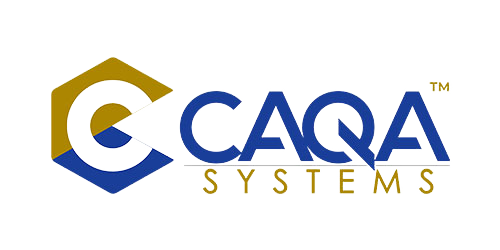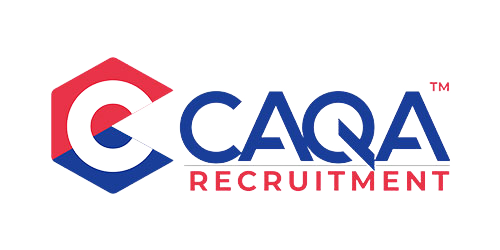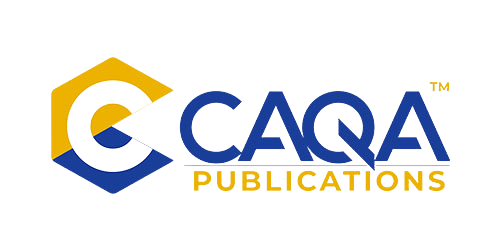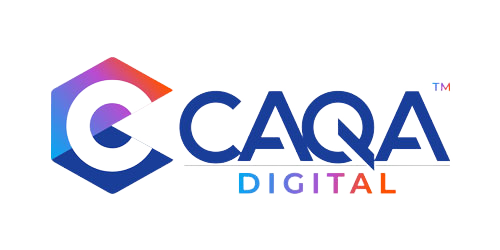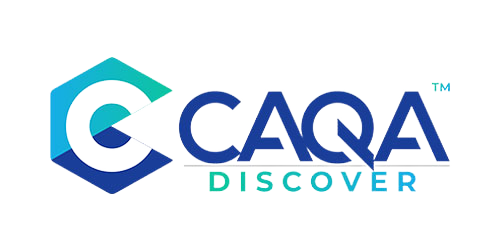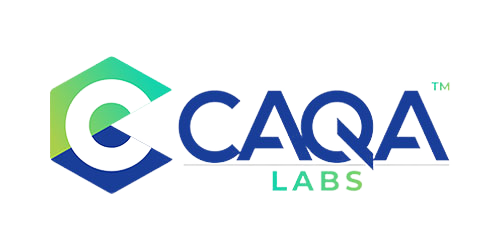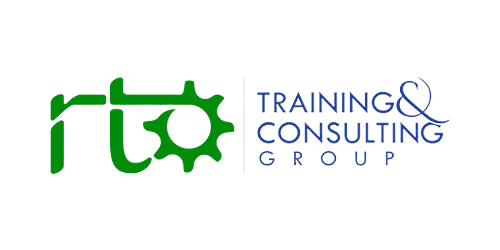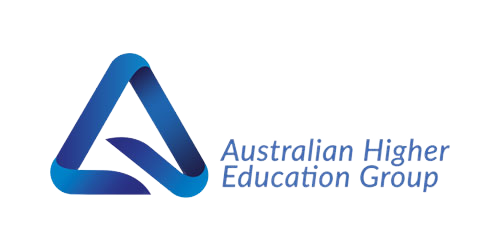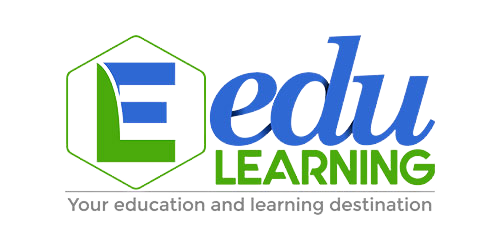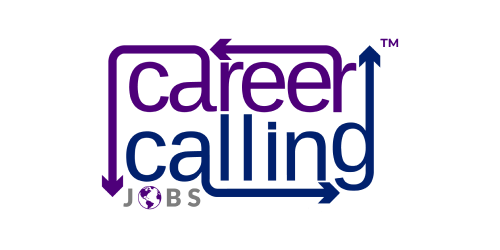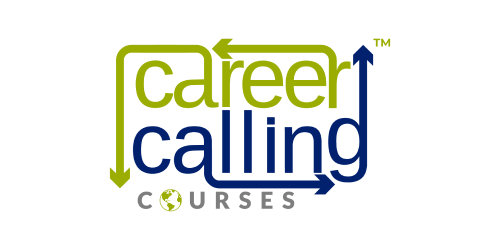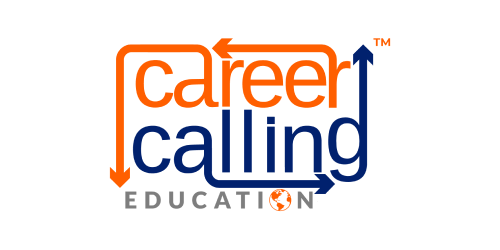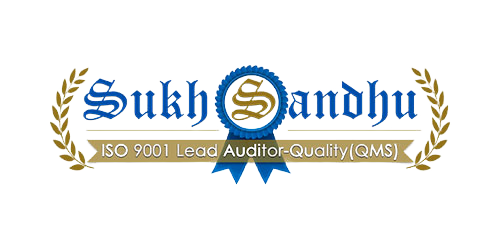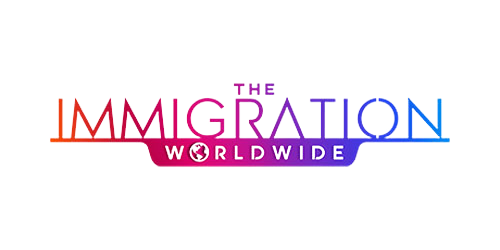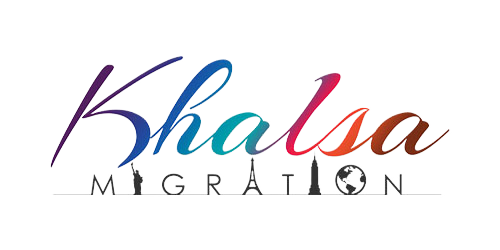The professional life of many vocational educators is gradually transforming as emerging technologies reshape classroom dynamics. Experienced technical instructors who began their careers with a predictable teaching rhythm—morning lectures on theory, afternoon demonstrations of procedures, and hands-on supervision as students practiced with tools—are increasingly finding their roles evolving. In advanced technical programs across the country, traditional lecture formats are being supplemented or partially replaced by AI-enhanced learning environments where students engage with intelligent simulations and adaptive learning systems. As one automotive technology instructor with over fifteen years of experience puts it: "The technology now handles much of the standard content delivery and basic skills demonstration. My role has evolved significantly—I find myself functioning more as a coach, learning designer, industry liaison, and technology curator. The AI doesn't replace me; it allows me to focus on aspects of technical education that require human expertise: developing professional judgment, guiding students through complex troubleshooting, and building the adaptive expertise today's industry demands." This experience reflects a gradual transformation unfolding across vocational education as artificial intelligence begins to reshape not just what is taught but also how teaching happens and what it means to be a vocational educator in an increasingly AI-influenced educational landscape.
The evolution of the vocational educator's role represents a significant yet often overlooked aspect of AI's impact on technical education. While discussions often focus on curriculum changes or student experiences, the more fundamental transformation involves how these technologies are beginning to reshape the professional identity, daily practices, and required competencies of vocational teachers themselves. For decades, technical instructors have developed expertise within a relatively stable professional paradigm—mastering industry skills, translating them into structured learning experiences, and guiding students through predetermined pathways from novice to competent practitioner. Emerging AI-enhanced education environments now challenge aspects of this traditional model, creating both new opportunities and important questions about the educator's role and value. As intelligent tutoring systems increasingly support knowledge transfer, simulations provide realistic practice environments, and adaptive learning platforms offer more personalised educational pathways, vocational educators find themselves navigating a gradual professional identity transition that parallels the workforce transformations happening across the very industries for which they prepare students.
This transition appears most visibly in the shifting composition of educators' daily activities at institutions that have implemented AI-enhanced learning environments. Traditional vocational teaching typically involved substantial time devoted to direct instruction—explaining concepts, demonstrating procedures, and providing standardised feedback on student performance. Modern AI-enhanced environments can increasingly support these routine instructional tasks through technology platforms that deliver consistent, personalised content while generating detailed data on student progress. At one advanced manufacturing training center in Asia, instructor time allocation has shifted noticeably since implementing their AI-enhanced learning system. Before the digital transformation, instructors reported spending approximately 65% of their time on direct instruction and demonstration, with only 35% available for individualised guidance and industry engagement. Following implementation, many instructors reported a significant shift in these proportions. The technology handles more of the standardised content delivery, basic skills demonstration, and routine assessment, allowing instructors to dedicate more time to higher-value activities: guiding students through complex problems, facilitating collaborative projects, connecting learning to emerging industry developments, and providing human mentorship that remains essential despite technological advancement.
This reallocation of instructor time and attention toward higher-value activities reflects an important shift in how effective teaching is conceptualised within technology-enhanced vocational education. Traditional models generally defined teaching excellence through the educator's ability to clearly explain concepts, demonstrate procedures, and assess standard competencies—functions that advanced technology can increasingly support with greater consistency, personalisation, and scalability than humanly possible. Excellence in today's environment increasingly emphasises capabilities that current AI cannot replicate: helping students develop contextual judgment about when and how to apply technical knowledge; fostering adaptive problem-solving capabilities for scenarios without predetermined solutions; cultivating professional identity and ethical reasoning within technical disciplines; and facilitating authentic connections with industry contexts that give meaning to technical learning. As one welding instructor at a technical institute observes: "The technology can show welding technique from multiple angles and provide feedback on a student's performance. However, it can't help them understand why a specific approach works better in one context than another, how to troubleshoot unusual material combinations, or what it means to take pride in quality work that exceeds specifications. My value now increasingly comes from these aspects of professional development that require human judgment, experience, and values that machines don't possess."
This evolution demands expansion of the vocational educator's professional competencies beyond traditional technical expertise and pedagogical knowledge. Today's vocational instructors increasingly require capabilities in four domains that weren't typically emphasised in conventional teacher preparation: learning experience design, AI supervision and integration, data-informed coaching, and emergent technology adaptation. Learning experience design involves creating authentic, contextually-rich learning scenarios that leverage technology capabilities while addressing learning objectives that technology alone cannot achieve. AI supervision requires understanding how to effectively oversee, interpret, and sometimes override intelligent systems to ensure they serve educational goals rather than inadvertently undermining them. Data-informed coaching involves analysing complex learning analytics to identify patterns in student development invisible through traditional observation, using these insights to provide targeted guidance that complements rather than duplicates what technology-based systems deliver. Emergent technology adaptation demands continuous evaluation and integration of evolving tools that reshape both educational practices and the technical disciplines themselves.
The development of these new competencies requires reimagining professional development for vocational educators. Traditional approaches often emphasised maintaining technical currency within specific occupational domains, with limited attention to pedagogical innovation beyond conventional instructional methods. Today's evolving landscape demands more dynamic, collaborative approaches to educator development. One European technical education institute has pioneered an integrated model that combines industry experience, pedagogical innovation, and technology fluency through rotating placements that cycle instructors through teaching responsibilities, industry attachments, and educational technology development teams. "We've moved beyond the notion that occasional industry visits or technology workshops provide sufficient development for today's vocational educators," explains one institute director. "Our instructors need ongoing engagement with both the technological transformation of their technical disciplines and the evolving educational technologies that reshape how those disciplines are taught. The boundaries between these domains are blurring, requiring a different approach to professional growth that treats industry evolution, pedagogical innovation, and technology development as interconnected rather than separate domains."
The changing instructor role in technology-enhanced environments raises legitimate questions about the nature and value of human teaching in vocational education. If advanced systems can deliver content consistently, personalise learning experiences, and assess basic skills objectively, what aspects of teaching remain distinctively human, and why do these elements matter for vocational development? The most thoughtful institutions have approached this question not as a competition between human and machine capabilities but rather as an opportunity to refocus human teaching on aspects of vocational development that transcend technical skill acquisition alone. "The purpose of vocational education has never been merely to develop technical skills," emphasises one director of vocational teaching excellence. "It's about developing well-rounded professionals who can apply technical expertise with judgment, adaptability, ethical awareness, and connection to the communities their work serves. Technology excels at conveying information and evaluating routine performance, but it cannot cultivate the professional identity, contextual understanding, and adaptive expertise that define truly excellent practitioners. Our focus now is helping instructors develop and value these distinctively human contributions rather than competing with technology in areas where digital tools offer legitimate advantages."
This refocusing creates opportunities to elevate the vocational educator's role beyond traditional perceptions of technical instruction as primarily skills-focused with limited intellectual depth or professional status. By concentrating on complex aspects of professional formation that require sophisticated facilitation rather than mere information transfer, vocational teaching can emerge as a more widely recognised intellectual and developmental practice deserving greater professional recognition and compensation. "There's an interesting development in how technology is affecting our profession," notes one construction technology instructor and teacher association leader. "Many initially worried these technologies might diminish our professional standing by automating aspects of instruction. Instead, they're helping us demonstrate the sophisticated expertise required to develop adaptive, thoughtful technical professionals rather than merely training students in standardised procedures. When routine aspects of instruction are augmented by technology, what becomes more visible is the complex, nuanced guidance that has always defined quality vocational teaching but was often overshadowed by more basic demonstration and information delivery roles."
This potential elevation of vocational teaching's professional status depends significantly on how educational institutions implement technologies and position instructor roles within these evolving environments. Some concerning implementations have indeed treated technology primarily as a cost-reduction mechanism, using digital tools to increase student-teacher ratios while minimising investment in instructor development. These approaches typically define the educator's role narrowly as supervising or supplementing technology-delivered instruction rather than fundamentally rethinking how human and machine capabilities might most effectively combine. More promising models position technology as augmenting rather than replacing human teaching, deliberately designing environments where digital systems handle tasks they excel at while creating space for expanded human guidance in areas where human expertise remains superior. The distinction often appears in seemingly subtle implementation choices that reflect fundamentally different values about teaching's nature and purpose. "The institutions making most effective use of educational technology don't merely ask how it can deliver existing instruction more efficiently," observes one educational technology researcher. "They ask how these tools might transform learning experiences in ways that were previously difficult, and what new forms of human teaching might emerge when instructors are less constrained by routine instructional tasks."
The experiences of early-adopter institutions highlight both promising practices and significant challenges in navigating this professional transformation. Among the most successful approaches are structured capability transition programs that help experienced vocational educators develop their roles within technology-enhanced environments through support and reflection. One European technical education institute has implemented a multi-phase transition process beginning with side-by-side teaching, where instructors work alongside digital systems to understand their capabilities and limitations, followed by role experimentation where they systematically explore new instructional approaches, culminating in professional redefinition where they articulate and embody evolving conceptions of their expertise and value. "We've found that effective transition isn't primarily about technical training in using the systems," explains one professional development coordinator. "It's about creating space for instructors to reconsider their professional identity around the aspects of vocational development that remain distinctively human—helping them recognise that their value doesn't diminish when routine instruction is augmented but rather shifts toward more sophisticated aspects of professional formation that many have always valued but previously had limited time to fully develop with students."
These identity transitions involve significant emotional and psychological dimensions that require thoughtful support. Many vocational educators have invested years developing expertise in precisely the instructional approaches that newer technologies now partially augment, creating understandable concerns about professional relevance and value. Institutions that acknowledge these legitimate anxieties rather than dismissing them as mere resistance to change have generally achieved more successful transitions. "We made a mistake in our initial implementation by focusing exclusively on the technology while not adequately addressing the professional identity questions it raised for our instructors," acknowledges one technical training network director. "When we refocused our approach to explicitly discuss how these systems would transform rather than replace teaching roles—and provided structured opportunities for instructors to explore and articulate their evolving expertise—we saw markedly different responses. The instructors who initially seemed most hesitant often became our most innovative adopters once they could envision valued professional identities within these new environments."
A significant challenge involves developing evaluation frameworks that appropriately recognise and reward excellence in these emerging teaching roles. Traditional instructor evaluation has typically emphasised observable teaching behaviors like clear explanation, effective demonstration, and classroom management—precisely the aspects increasingly augmented by technology. New frameworks must identify and assess the more sophisticated facilitation, coaching, and design capabilities that define excellence in technology-enhanced environments. One Asian skills development initiative has pioneered an "augmented teaching framework" that explicitly evaluates how effectively instructors leverage technology while providing uniquely human guidance, measuring their impact through evidence of student metacognition, adaptive expertise, and professional identity development rather than merely technical skill acquisition. "Our evaluation approach now focuses more on aspects of learning that benefit from human facilitation," explains one assessment director. "We're measuring how well instructors help students develop contextual judgment, professional values, and adaptive problem-solving capabilities—outcomes that require sophisticated human guidance despite technological advancement. This sends an important message about what we truly value in vocational education beyond the technical skills that both humans and increasingly machines can help develop."
For vocational education systems planning technology implementation, these experiences offer valuable guidance for supporting instructor transitions. First, successful approaches typically begin with explicit discussion of how teaching roles will evolve rather than focusing exclusively on technological functionality, addressing professional identity questions directly rather than allowing them to emerge as resistance during implementation. Second, effective transitions involve phased capability development that allows instructors to experiment with new approaches while maintaining confidence in their professional value during the transition. Third, thoughtful implementation includes showcasing teaching excellence in the new environment, highlighting how skilled instructors leverage technology to achieve learning outcomes that might be difficult in traditional settings. Finally, aligned incentive systems that evaluate and reward the distinctive capabilities required in technology-enhanced environments prove essential for sustainable professional transformation.
Looking toward the future, several emerging developments may further reshape the vocational educator's role. Increasingly sophisticated systems are beginning to handle not just routine instruction but also more complex facilitation tasks, raising questions about which aspects of teaching will remain distinctively human as technology capabilities advance. Augmented and virtual reality environments are enabling new forms of immersive learning that require different instructional approaches than traditional classroom or workshop settings. The growing intersection of vocational education with workplace learning is blurring boundaries between educational institutions and industry, creating hybrid teaching roles that span traditional divisions between these domains. These developments suggest that the current transformation represents not a transition to a new stable state but rather the beginning of ongoing evolution in how vocational teaching is conceptualised and practiced.
For current and aspiring vocational educators, this evolving landscape presents both challenges and opportunities. While requiring professional adaptation, these changes are also elevating teaching from routine instruction toward more sophisticated forms of professional guidance that many have always valued but had limited time to fully develop in traditional environments. As certain instructional tasks are increasingly augmented by technology, what remains central is the irreplaceable human guidance that helps learners develop not just technical skills but the contextual judgment, adaptive problem-solving, ethical reasoning, and professional identity that define truly excellent practitioners. By embracing these distinctively human aspects of vocational development while leveraging technology for appropriate tasks, vocational educators can maintain their essential role amid technological change, potentially enhancing their professional status while making meaningful contributions to learners' development as well-rounded professionals rather than merely technical operators. The vocational educator emerging from this gradual transformation is not diminished but potentially enhanced: increasingly focused on the sophisticated human guidance that has always represented teaching at its most valuable.





